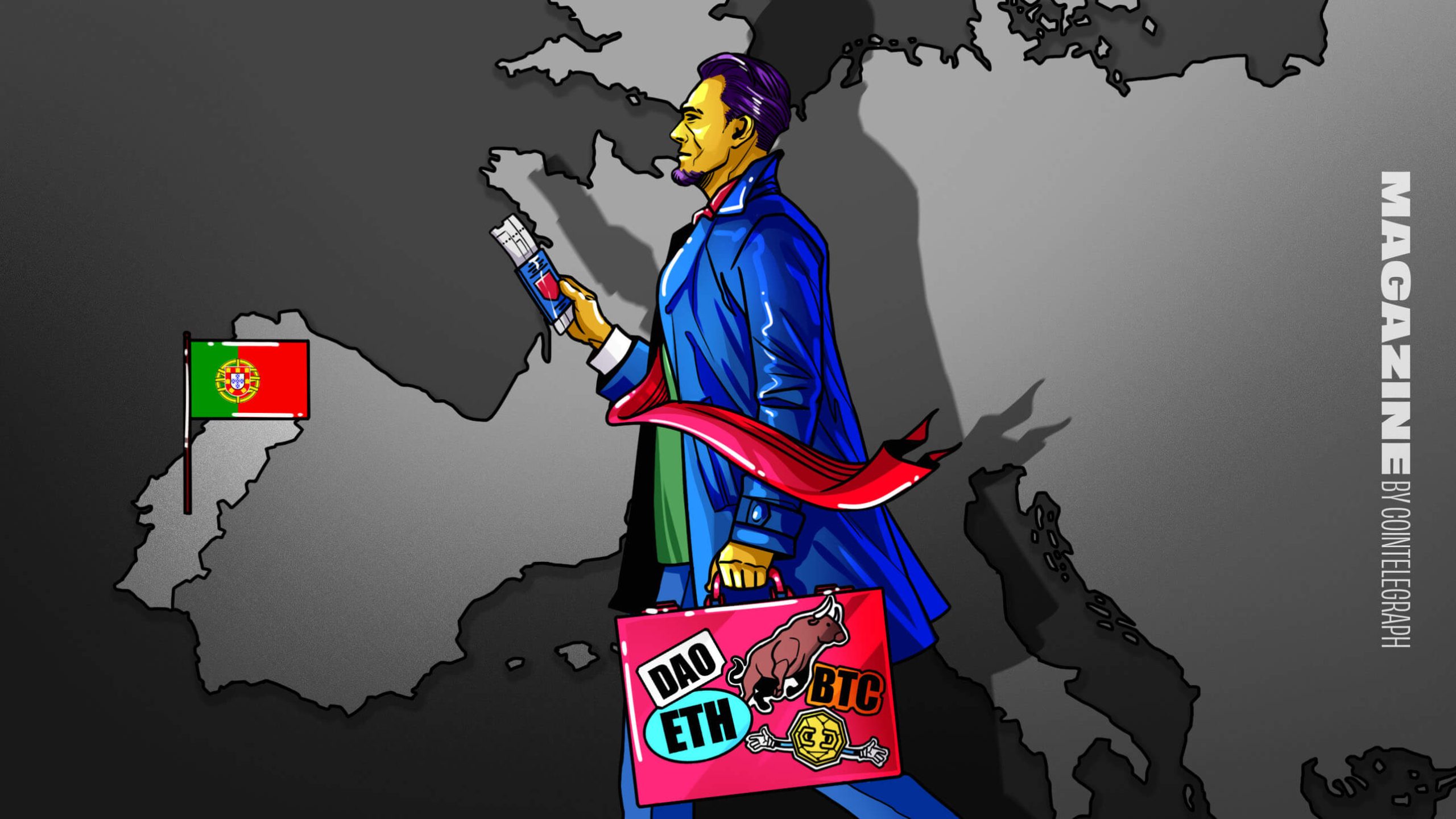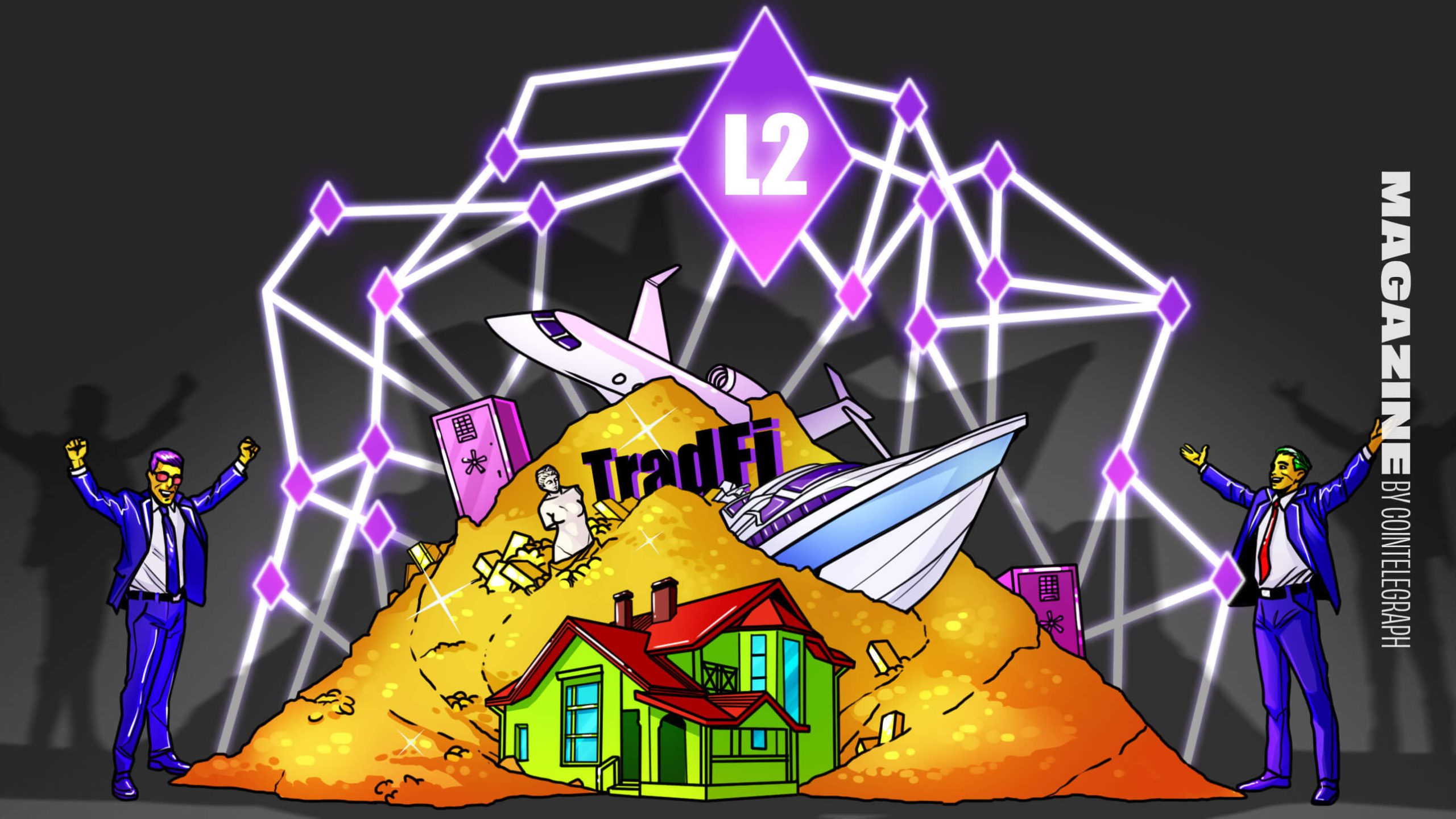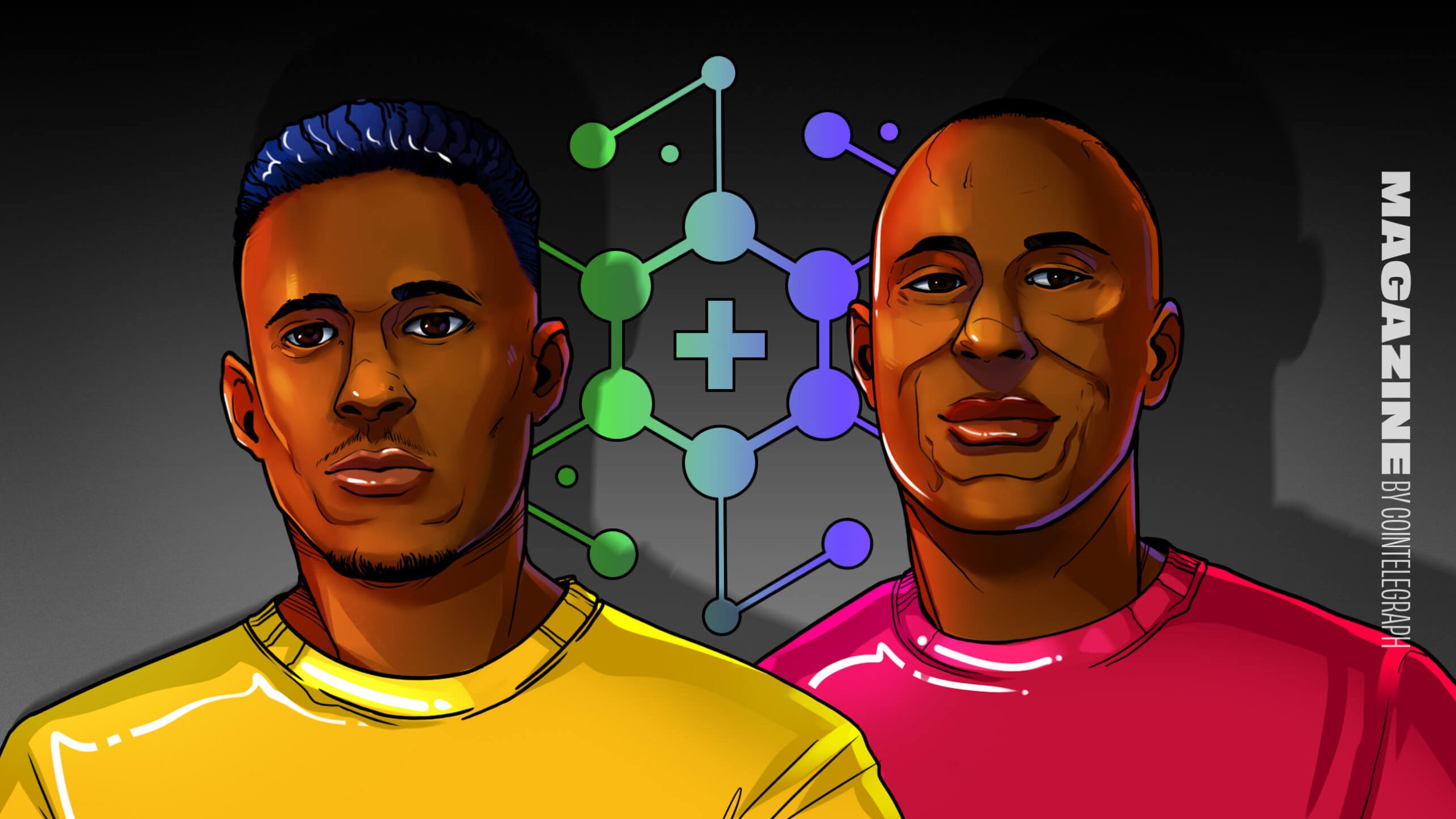You need to think of a Bitcoin transaction like recording your spending in a special ledger. It has two parts: what you had before (inputs) and what you have now (outputs). This ledger is called the blockchain, and it keeps track of all Bitcoin transactions.
Those are the two common types of transactions:
1. Imagine Bob has a $5 bill, and he wants to buy coffee for $1. He gives the $5 bill to the cashier, who gives back $4 in change. In Bitcoin, it's similar. Bob has 0.5 BTC, sends 0.1 BTC to Alice, and gets 0.4 BTC back as change, just like getting change when you pay for something with a big bill.
2. Now imagine Bob needs to pay Alice 0.7 BTC, but he only has two separate piles of money, one with 0.5 BTC and another with 0.5 BTC. To pay Alice, he combines these two piles, making 1 BTC in total, and gives her 0.7 BTC. After the payment, Bob gets 0.3 BTC back, just like combining small bills to pay for a big purchase.
There are different ways to do transactions in Bitcoin, but these examples are the most common. Understanding them helps you see how Bitcoin keeps track of who has how much money.
Note: I didn't talk about fees here, but when you make a Bitcoin transaction, a small amount goes to the miners who process it.
Unspent Transaction Output (UTXO):
Imagine you have a wallet with some coins, but they are like special tokens. When you want to make a payment, you use these tokens as inputs, sort of like trading them in. Your digital signature proves you own these tokens.
Once you've used them in a payment, those tokens are considered "spent," and you can't use them again. But, the payment creates new tokens that others can use in the future.
How does Bitcoin Prevent Double-Spending?
Double-spending is like trying to use the same digital money to buy two different things at once. It's a problem unique to digital currency because digital stuff can be copied easily, just like pirated movies.
In the real world, if you use a $1 bill to buy a donut, you have to give it to the cashier, so you can't use it again to buy coffee. But with digital money, someone could try to spend the same bitcoin twice at the same time.
Bitcoin solves this problem using something called a blockchain, which is like a super secure ledger. It keeps track of all transactions and makes sure nobody spends the same bitcoin twice. In the physical world, we don't need this because you can't photocopy a $1 bill and use both copies; it's easy to tell the fake one.
So, Bitcoin's blockchain stops double-spending without needing a middleman. Miners check if a bitcoin has already been spent, and if it has, they won't allow it in a new transaction.
What if Miners Collude to Double-Spend?
Picture a group of people responsible for making sure Bitcoin transactions are secure. They're called miners. If more than half of these miners become dishonest and work together, they could try to double-spend.
This situation, known as a "51% attack," happens when one entity controls over 50% of all Bitcoin mining power. With that much power, they can mess with the order of transactions and exclude some transactions.
Here's how it works: Imagine someone wants to buy stuff with Bitcoin. They send one transaction to pay for something and another secretly to their own account. They then work in secret to create a longer version of the Bitcoin ledger that includes the secret transaction but not the real one.
Once their secret ledger is longer than the public one, they show it to everyone. Since it's longer, people think it's the real ledger, and the first payment is canceled.
To stop this, Bitcoin transactions usually need 3 to 6 confirmations (blocks added to the ledger) before they're considered secure. The more confirmations, the harder it is to reverse a transaction.
But don't worry too much, as long as most miners are honest(hopefully), a 51% attack is unlikely. Bitcoin is designed to be decentralized, so no one group can control over half of the mining power.
TL;DR:
- Bitcoin transactions involve inputs and outputs on the blockchain.
- Two common types of transactions:
- Payment with change, like getting change when you pay with a big bill.
- Combining multiple inputs into a single payment, similar to paying with small bills.
- Unspent Transaction Outputs (UTXOs) are the start and end of each Bitcoin transaction. They ensure transactions are legitimate.
- To prevent double-spending (spending the same Bitcoin twice), Bitcoin uses the blockchain, a secure digital ledger.
- Double-spending isn't a problem with physical money, but it's tricky with digital currency.
- Bitcoin relies on miners and a decentralized network to validate transactions and prevent double-spending.
- In a worst-case scenario where miners collude to double-spend (a 51% attack), Bitcoin's security measures, like transaction confirmations, make it extremely challenging.
All of this info was put togheter by me in a simplified way with the help of the How to Bitcoin book from Coingecko. Hope it made you understand those concepts better and easier!
[link] [comments]

You can get bonuses upto $100 FREE BONUS when you:
💰 Install these recommended apps:
💲 SocialGood - 100% Crypto Back on Everyday Shopping
💲 xPortal - The DeFi For The Next Billion
💲 CryptoTab Browser - Lightweight, fast, and ready to mine!
💰 Register on these recommended exchanges:
🟡 Binance🟡 Bitfinex🟡 Bitmart🟡 Bittrex🟡 Bitget
🟡 CoinEx🟡 Crypto.com🟡 Gate.io🟡 Huobi🟡 Kucoin.




















Comments